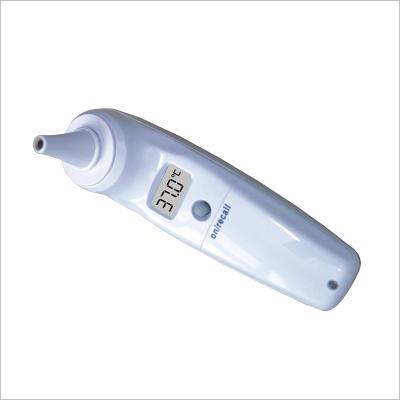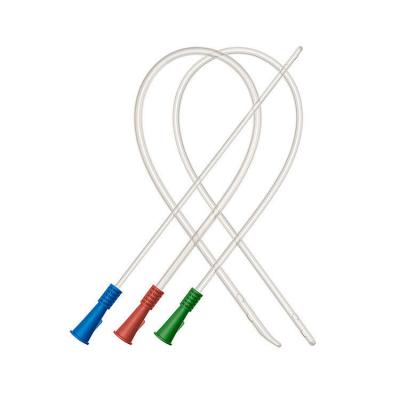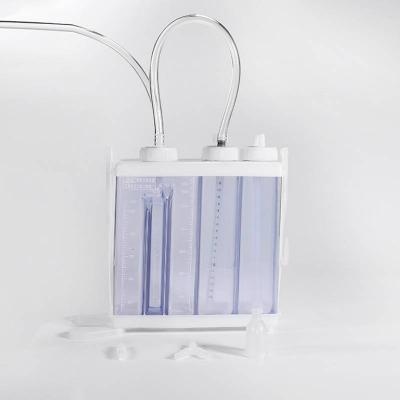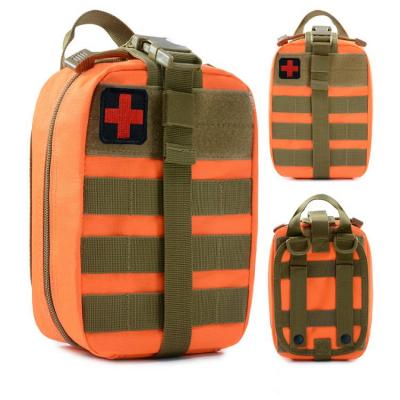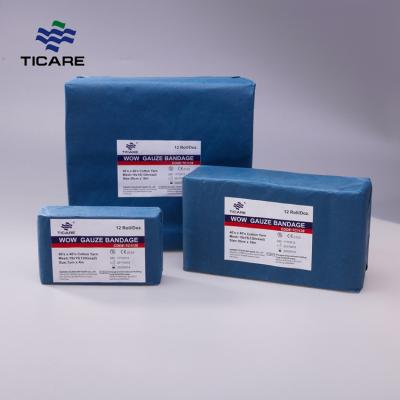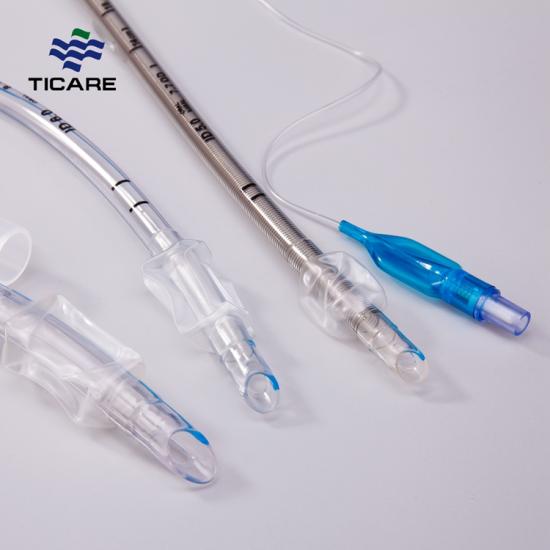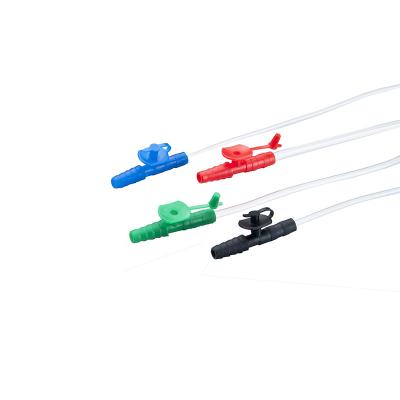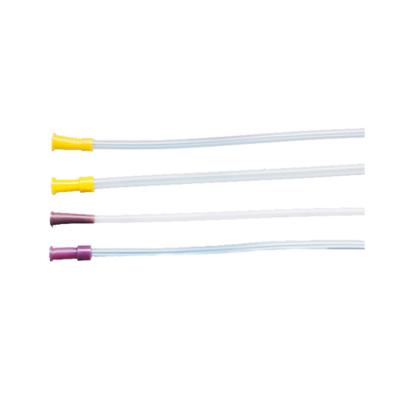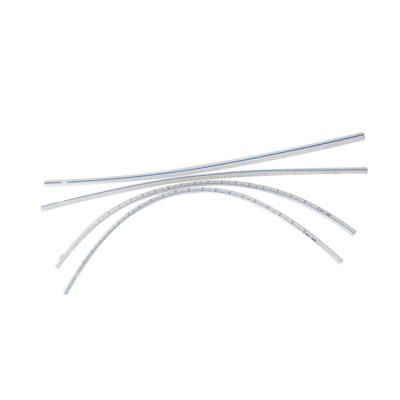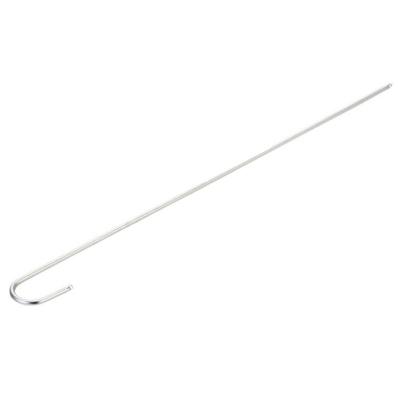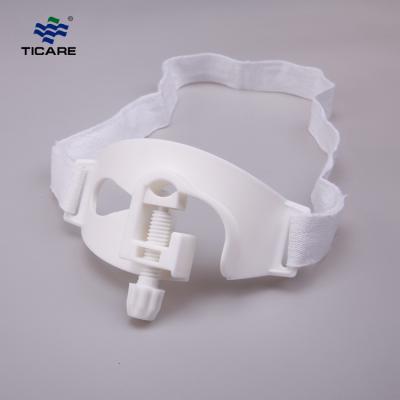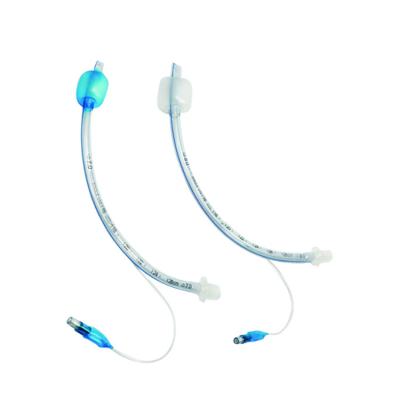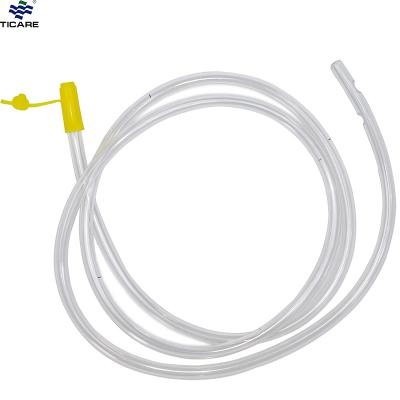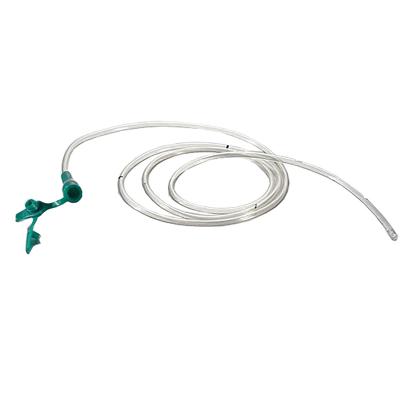TICARE® Endotracheal Tube (ET Tube) — Cuffed & Uncuffed, Sizes 2.0–10.0
Product Overview
The endotracheal tube (ET tube) is a sterile, single-use medical device designed to secure the airway and deliver oxygen or anesthesia during surgical procedures, ICU ventilation, and emergency intubation. TICARE® provides high-quality cuffed and uncuffed endotracheal tubes that ensure patient safety, precise intubation, and reliable performance in critical care.
Product Specifications
-
Sizes: 2.0 mm – 10.0 mm (ID)
-
Variants: With cuff / Without cuff
-
Material: Medical-grade, non-toxic PVC
-
Markings: Depth markings with radiopaque line for X-ray visibility
-
Tip Design: Smooth beveled tip for atraumatic insertion
-
Cuff: High-volume, low-pressure cuff (cuffed variant)
-
Sterility: EO sterilized, single-use, individually packed
Product Applications
-
Endotracheal tube for anesthesia — maintaining airway during surgical procedures
-
ET tube for ICU ventilation — ensuring continuous oxygen delivery in intensive care
-
Endotracheal tube for emergency intubation — rapid airway access in trauma or resuscitation
-
Pediatric and adult ET tubes — available in a wide range of sizes for all patient groups
Key Benefits
-
Secure cuff seal minimizes risk of aspiration (cuffed model)
-
Uncuffed tubes available for pediatric patients to reduce airway trauma
-
Clear markings and X-ray line for accurate placement and verification
-
Smooth, kink-resistant tubing ensures safe and reliable airflow
-
Designed for easy insertion and removal, minimizing patient discomfort
Why Choose TICARE® Endotracheal Tubes?
-
Wide range of ET tube sizes (2.0–10.0 mm) for both adult and pediatric use
-
Options for cuffed and uncuffed endotracheal tubes to meet different clinical needs
-
Manufactured under strict quality control standards to ensure patient safety
-
Trusted by hospitals, surgical centers, and emergency care providers worldwide
FAQs About Endotracheal Tubes
Q1: What is an endotracheal tube used for?
An endotracheal tube (ET tube) is used to maintain an open airway, deliver oxygen or anesthesia, and support patients during surgery, emergency care, or mechanical ventilation.
Q2: What are the differences between cuffed and uncuffed ET tubes?
-
Cuffed ET tubes provide a secure seal, preventing aspiration and leaks — ideal for adults and ICU patients.
-
Uncuffed ET tubes are often used in pediatrics to reduce airway trauma.
Q3: How do I choose the right endotracheal tube size?
The size depends on patient age, weight, and clinical requirements. For adults, common sizes range from 7.0–8.5 mm, while pediatrics use smaller tubes.
Q4: Where can I buy endotracheal tubes online?
You can purchase TICARE® endotracheal tubes directly from our website or through authorized distributors worldwide.
Final Thoughts
The TICARE® Endotracheal Tube provides a safe, reliable, and effective solution for airway management in surgery, intensive care, and emergency settings. With cuffed and uncuffed options, sizes 2.0–10.0 mm, and strict quality assurance, TICARE® ensures that healthcare professionals can perform intubation with confidence.
Explore our full range of ET tubes to meet your hospital or clinical needs.
LEARN MORE:
1. What Is an Endotracheal Tube? Types, Sizes, and Uses Explained
2.Cuffed vs Uncuffed Endotracheal Tubes: When to Use Each
3.Endotracheal Tube Sizes: A Complete Guide for Adults, Pediatrics, and Neonates
 +86-13950196535, 086-592-5566387
+86-13950196535, 086-592-5566387 enquiry@ticarehealth.com
enquiry@ticarehealth.com







